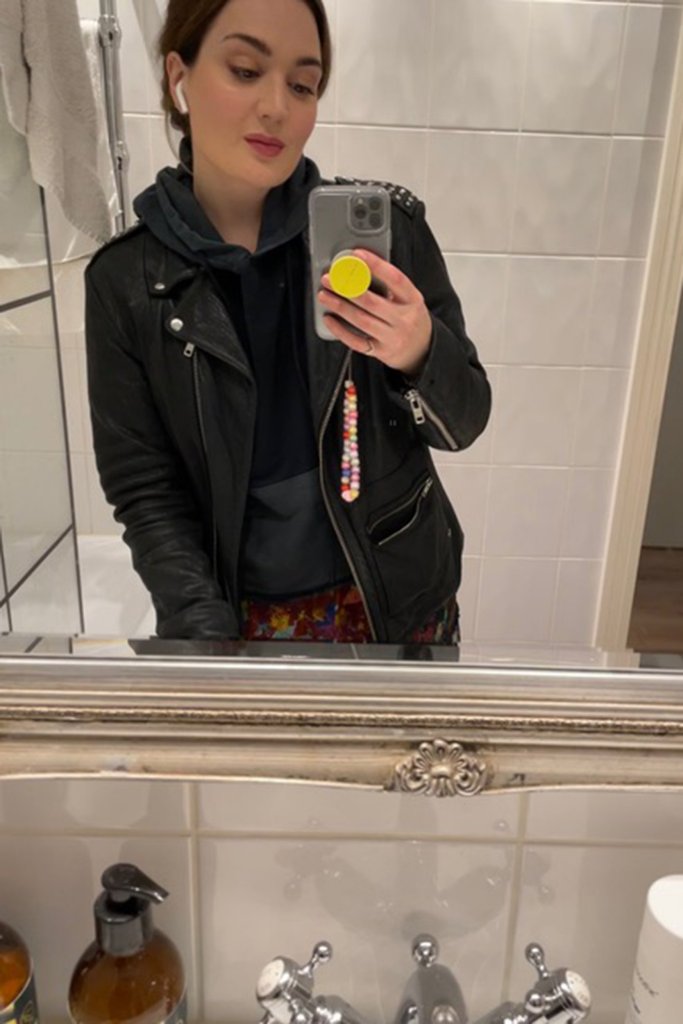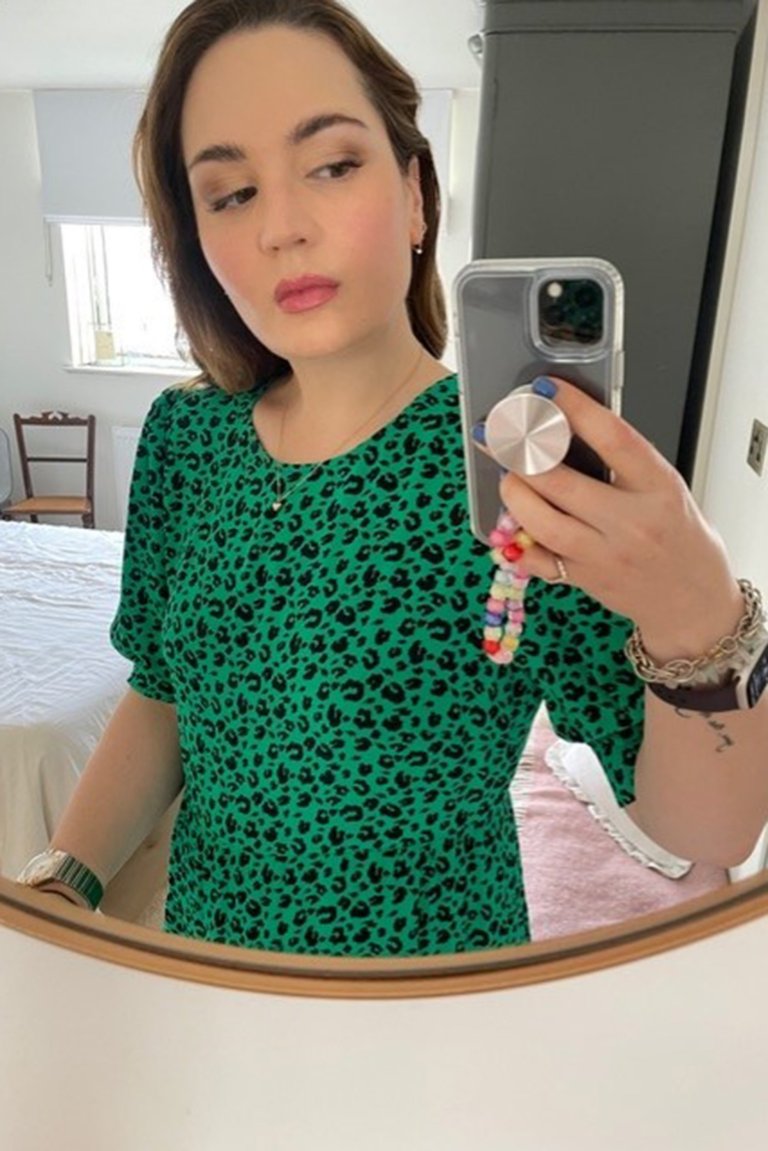Before 2021, my relationship with mirrors was pretty straightforward. My daily interaction with them went a bit like this: I got up in the morning, looked in the bathroom mirror while I brushed my teeth, used that same mirror to sort out my hair, walked into the bedroom, dressed in front of the full length mirror there, then sat in front of the mirror on my desk to add some concealer, mascara, and lipstick before work.
Throughout the day, I’d occasionally catch up with the ‘Madeleine in the mirror’ when washing my hands or walking past one. Was mascara under my eyes? Was my shirt tucked in properly? Did the woman looking back at me need more sleep? I liked to check in on her.
In the evening, I’d reverse the morning process, removing clothes and makeup, brushing my teeth, releasing my hair – you know the drill.
Depending on my mood, I’d sometimes look and like what I saw, stopping to admire the way my lipstick complimented my natural flush, or enjoying the presence of freckles. See: it was all very simple and healthy, and much more about adjustments and a quick assessment of the status quo than any judgement.
There were two exceptions to my standard mirror behaviour: when something like my skin or my weight had changed drastically, and when I was putting on makeup. Both would prompt more mirror time and a few differing emotions.
In the first instance, I would squeeze blemishes endlessly or I would look at my new form, trying to understand how to dress it, what would look right with (or without) a handful of extra me here or there, while reminding myself that I would always be in flux and that I had to accept that as a part of life.
And when it came to makeup (as a makeup artist and someone who loves the stuff wholeheartedly), it was an unabashedly happy experience; I could be there for an hour, delighting in textures and shapes and the incredible transformative effects of a bit of colour.
Over those years, mirrors were quite grounding for me. Looking at them and adding or removing makeup and clothes in front of their glassy surface served as a daily reminder that my thoughts and soul came housed in a body and – although that form fluctuated – there were things which remained perpetually mine. Almond eyes. Loads of cheek space. Eyebrows with a life of their own. Sturdy mountaineer legs. I found that they didn’t change, that they were indelibly me, reassuring.

Then the builders entered my life. My home when I’d moved in had been in quite a state, and the first part of the refurbish plan was taking everything off the walls, mirrors included. I made a joke to one of the builders as we were hauling them around, saying that I would welcome a break from coordinating outfits.
And I did at first. I wore spotted tracksuit bottoms and clashing tops, hoisted my hair into a bun, and walked the dog with no thought for how I looked; that tie had been severed, with my mind taking the lead.
It was during the pandemic, so without anywhere to go or anyone to see, I had no cause to set up an interim mirror situation and, actually, I didn’t especially want to. I was tired from working all day and cleaning up the house all night, puffy from eating takeaways and endless sugar to keep going. It was as if a switch had flipped and I was unable to drum up any interest in the way I looked.
Granted, we live in a world where mirrors aren’t the only ways to see ourselves, but the pandemic really reduced the opportunities to study my outer self. I only had a little hand mirror at home, which I’d hold up to do makeup, slicing my face into lips, cheeks, and eyes as I decorated them for work zoom meetings. I would briefly see my face on screen, yet rarely did I catch a glimpse of my body, bar a translucent fleeting image as I passed shop windows.
This went on for six months, after which a mirror was finally hung in my finished bathroom. And seeing myself in it was sobering. Without my daily check-ins, the stress and poor lifestyle had run unchecked. I was bloated, sallow, and unrecognisable as the sprightly woman I’d last seen when dismounting that very same mirror. I was unaccustomed to reflecting on my physical form – and I hadn’t realised how vital a part the mirror played in connecting me with her.
Granted, the moratorium from seeing myself had its upsides: I had some extra bandwidth to focus inwards and found the break refreshing. However, overall I decided mirrors served me more than they hindered me in life.

Fast forward a year, and I’m still making a concerted effort to make the mirror a valuable place of solace and interplay between inner and outer me.
I am determined to make sure it plays a positive part in my life, so I consciously use it as I did prior to the pandemic: namely to check in on how I am, to adjust things, to enjoy something fleetingly. I don’t let myself dawdle in front of it thinking either positive or negative things, and I only have mirrors where I need them for these purposes, instead hanging posters or art on my wall space.
All things considered, my six months without mirrors taught me that the unique interplay between the person in front of it and the person looking back can be a force for good; nobody comes between me and the mirror, no other opinions bar my own matter, and I’m now determined to once more forge a strong bond with the Madeleine looking back at me through it.










